Search
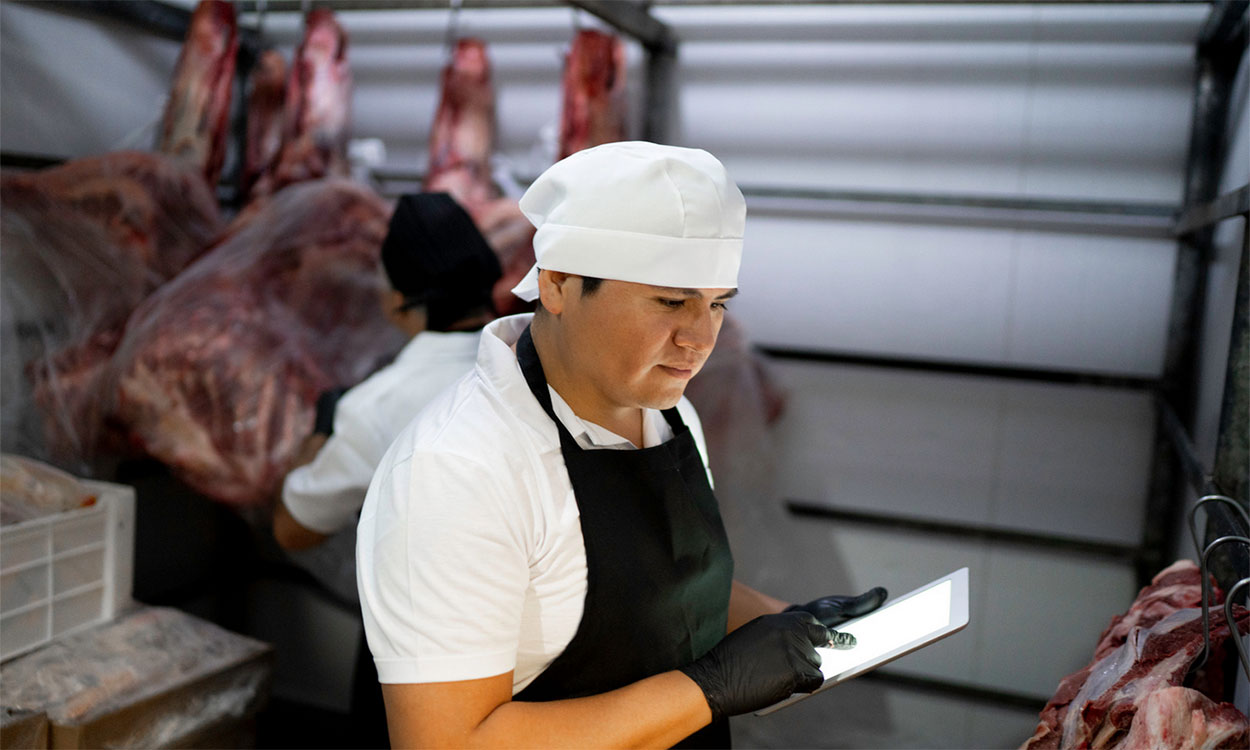
So, You Want to Build a Meat Processing Facility? Five Initial Steps to Consider
The need for more small meat processing capacity and skilled workers is not a new problem facing rural America. No matter the reason for wanting to build, here are some steps to consider before diving in.
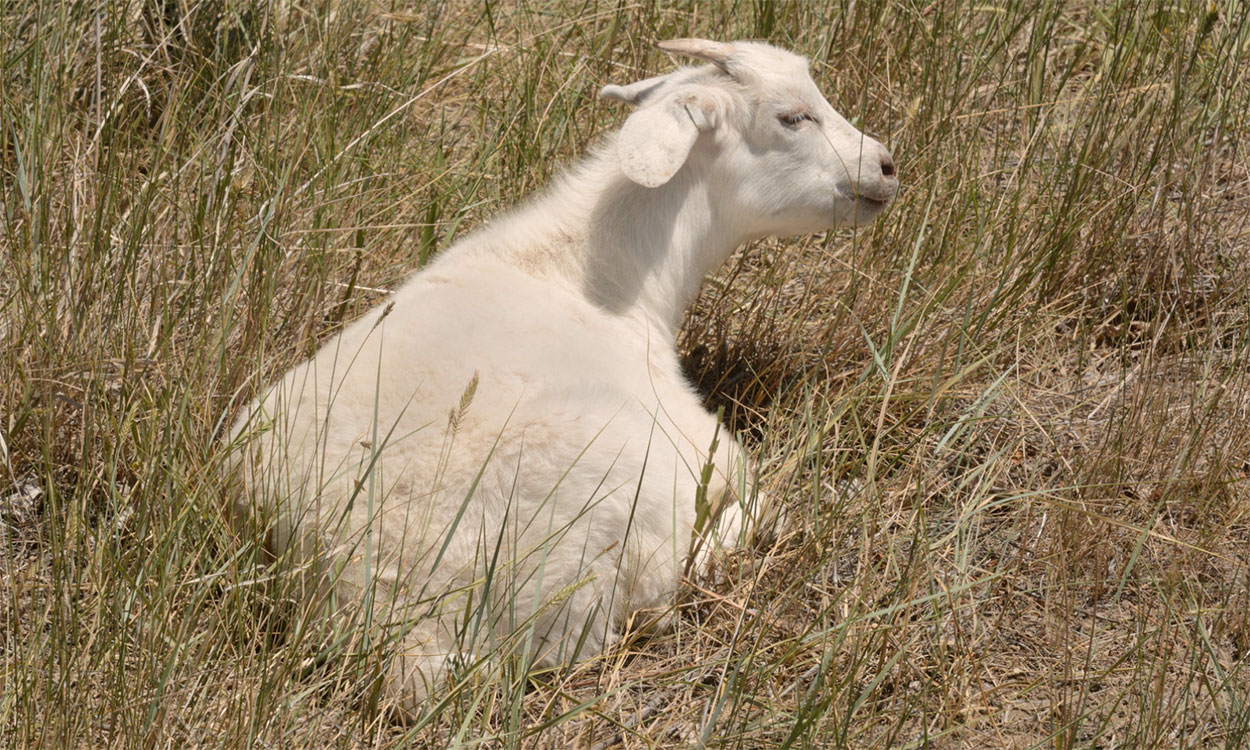
Heat Stress in Small Ruminants
The Upper Midwest provides periods of extreme heat during summer and shorter periods of heat stress potential during spring and fall. Are your sheep and goats cool enough in their environment?
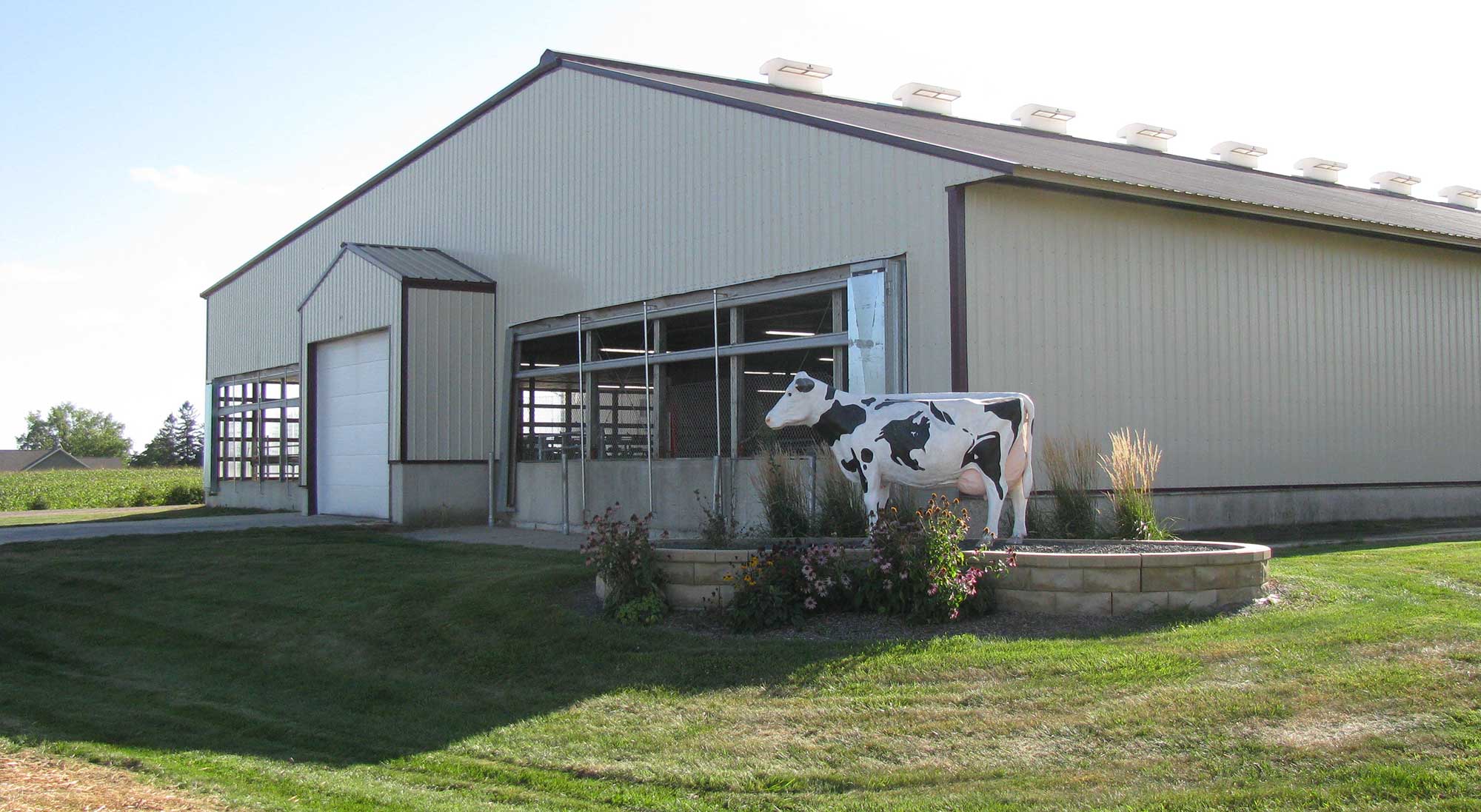
Being Vigilant of Livestock Property Security and Surveillance
Livestock producers have many daily responsibilities when it comes to caring for and protecting their animals. One responsibility is to remain vigilant regarding individuals that oppose the use of animals for food or other purposes.

Net Wrap Removal Made Easy
I was approached by a cattle producer about efficiently removing net wrap. As many of you know, net wrap has its advantages as well as disadvantages, but is largely used as a hay binding material.
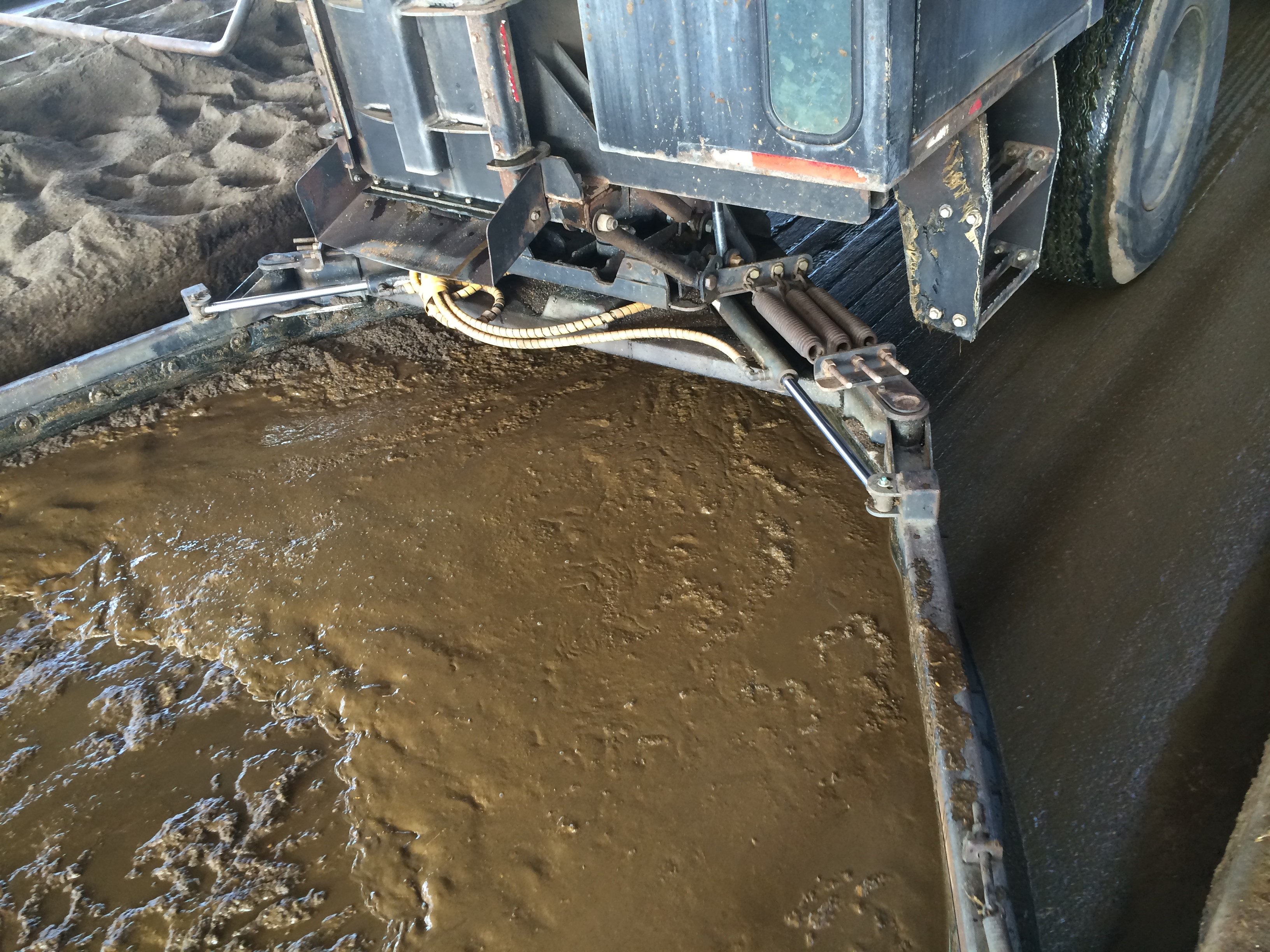
Understanding Manure Storage System Safety Risks
Many producers know and understand the risks associated with confined manure handling systems, but accidents and deaths still occur because unwarranted risks are taken as manure is being handled and removed from the systems.
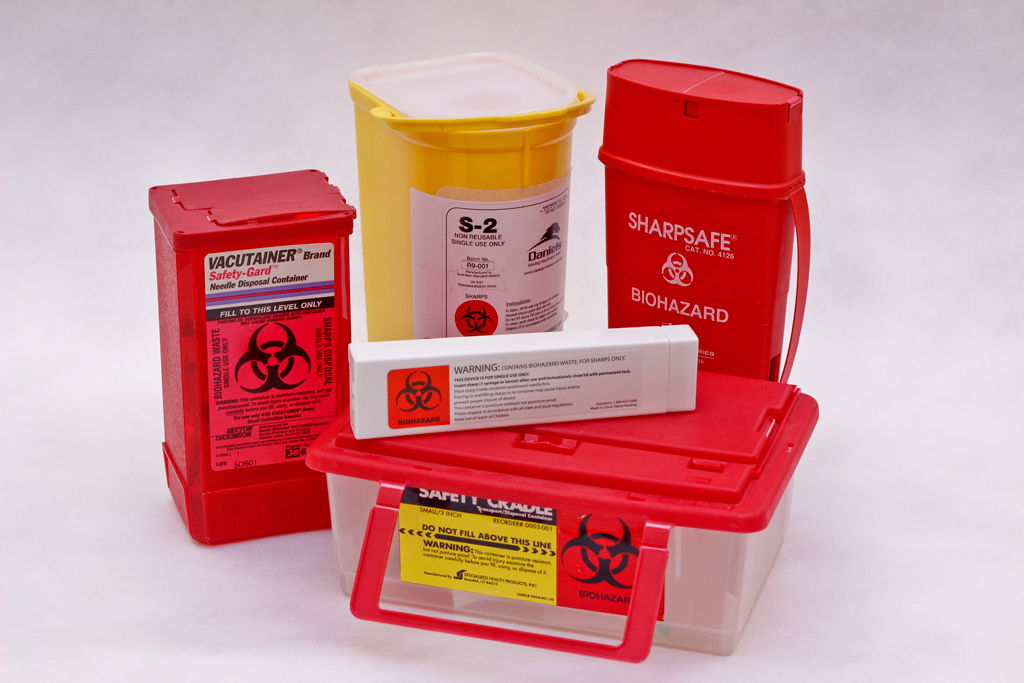
Where Do the Sharps Go?
Sharps used in livestock husbandry practices are considered medical or infectious waste. Regardless of why an animal received a shot, it is important to dispose of the needle in a safe way.
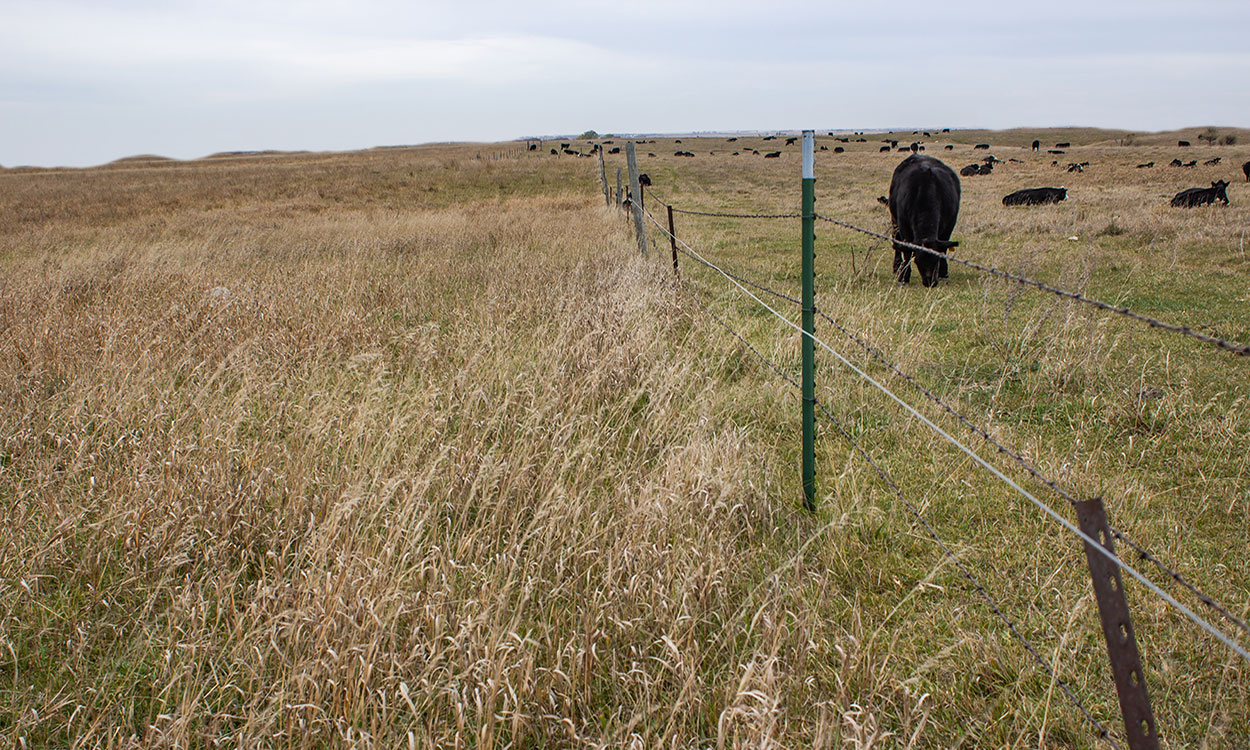
Reading the Range: Range readiness, grazing timing and drought considerations
Grazing timing is key when managing rangelands during a drought. Learn how to determine grazing readiness for different plant communities found throughout pastures and rangelands.
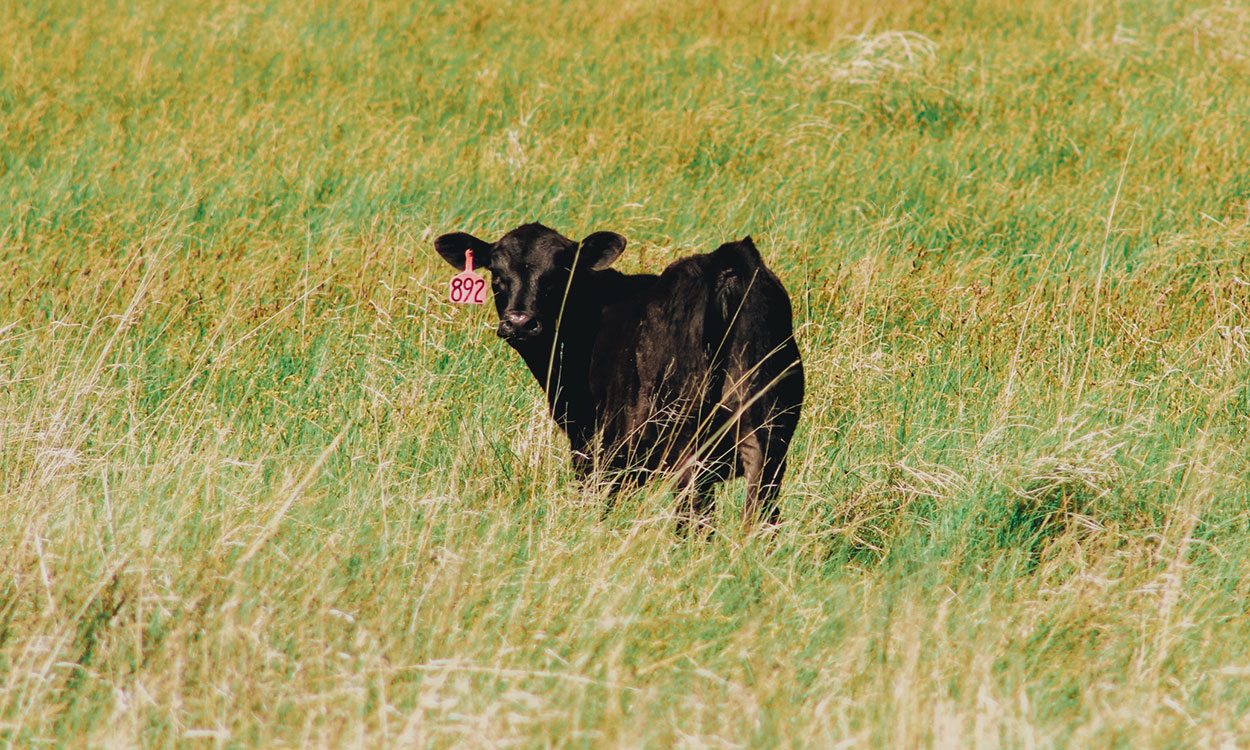
Monitoring Spring Precipitation and Range Conditions
Ideal grazing management balances the acts of grazing and recovery. Monitoring precipitation, soil moisture, and forage production can help producers make informed decisions for their herds and pastures.
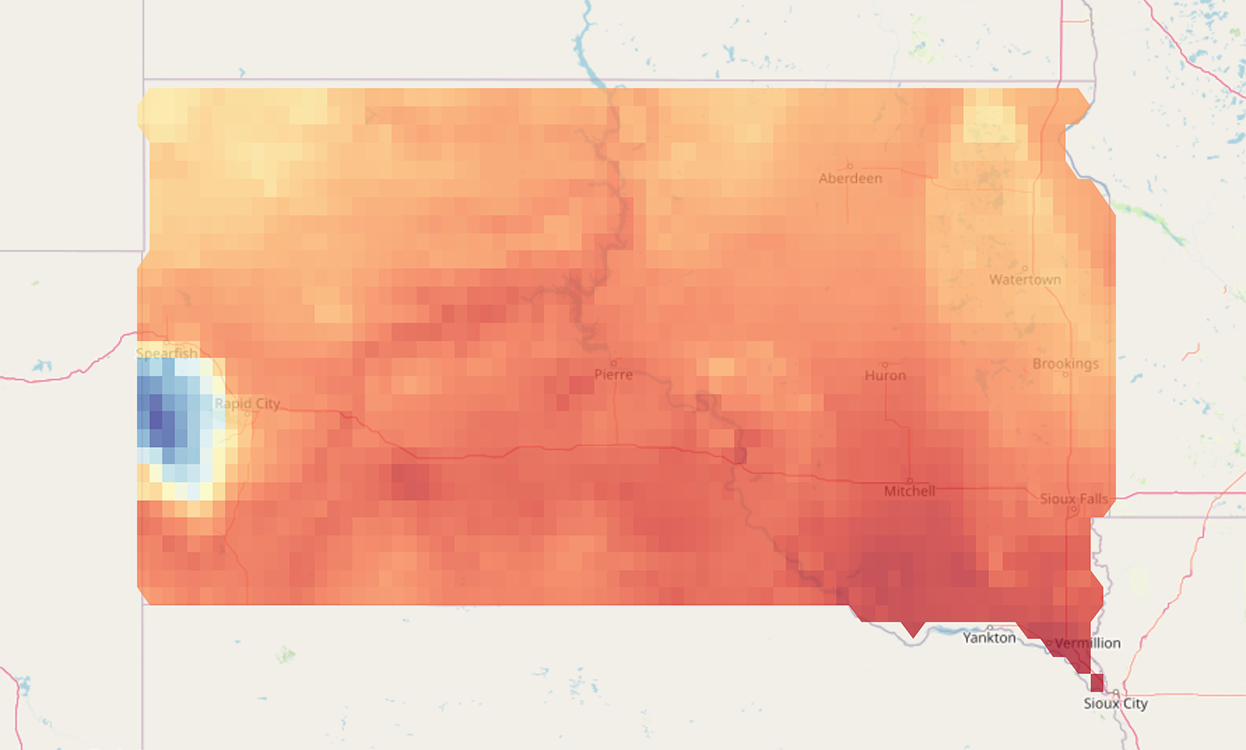
South Dakota Grazing Readiness Spring Turnout Map
The South Dakota Grazing Readiness Map uses historical climate data to provide livestock producers with a range of spring turnout dates for their location based on grass type.
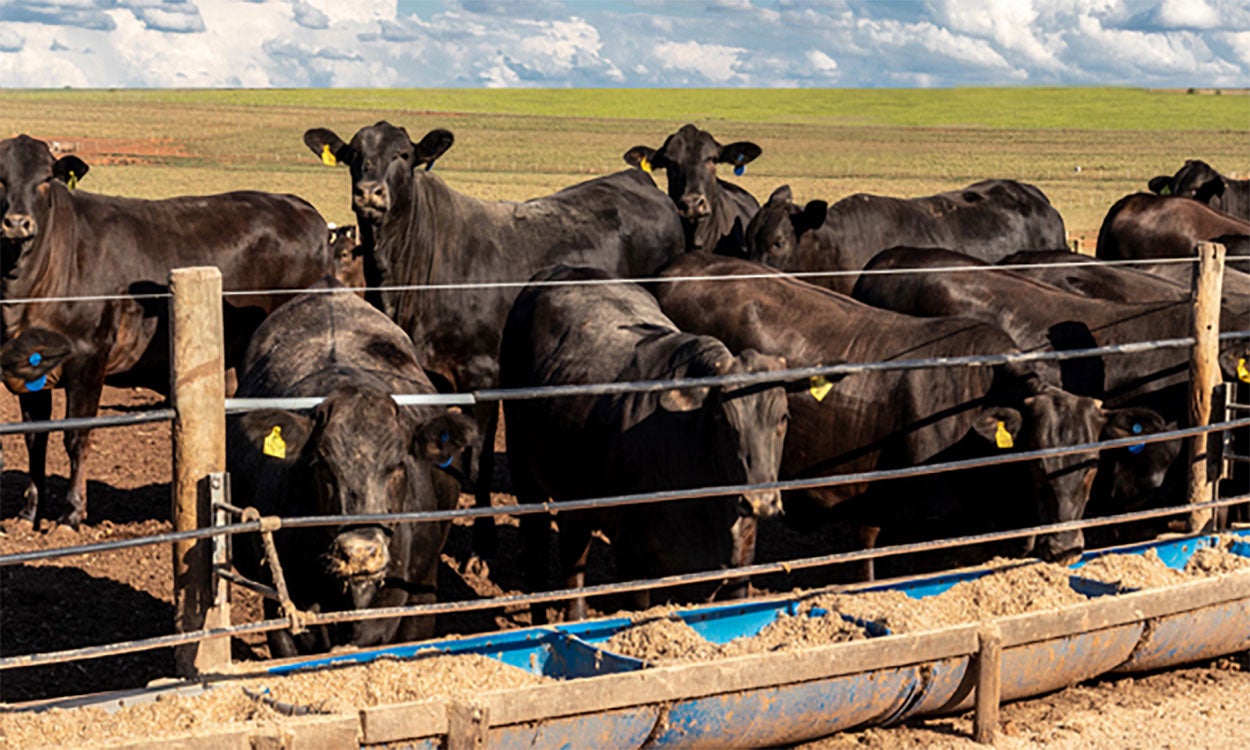
Getting the Most Out of Your Cull Cows
Pregnancy detection is a tool that producers can use to manage cow herd expenses. An open cow continues to incur feed and health expenses until they are marketed. Early pregnancy diagnosis may increase profitability if open cows can be culled earlier.